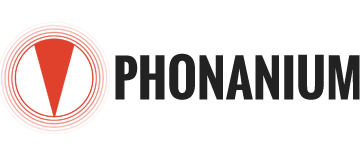PHONANIUM strongly beliefs in the value of acoustic methods in voice and speech clinics. Acoustic methods offer objective solutions for (a) the documentation of most vocal phenomena both quantitatively and qualitatively, (b) the measurement of specific aspects of voice/speech signals, and consequently (c) the tracking of voice/speech interventions. As such, they continue to form one of the corner stones in clinical as well as scientific voice/speech assessment, regardless of the speech-language pathology area. Not only voice disorders, but also hearing impairments, dysarthria, apraxia of speech, laryngectomy, head and neck oncology, etc. can affect both the production and the sound of the airborne speech signal. This counts for children as well as for adolescents and adults.
For relevant acoustic methods to be at all voice/speech clinicians’ disposal, PHONANIUM offers several scripts (i.e., macro’s or executable texts consisting of menu and action commands) to automate acoustic voice/speech analyses and to draw relevant graphs in the program Praat (Paul Boersma & David Weenink, Institute for Phonetic Sciences, University of Amsterdam, The Netherlands; www.praat.org). All these scripts were written by a voice/speech clinician for voice/speech clinicians and scientist or related professionals.





